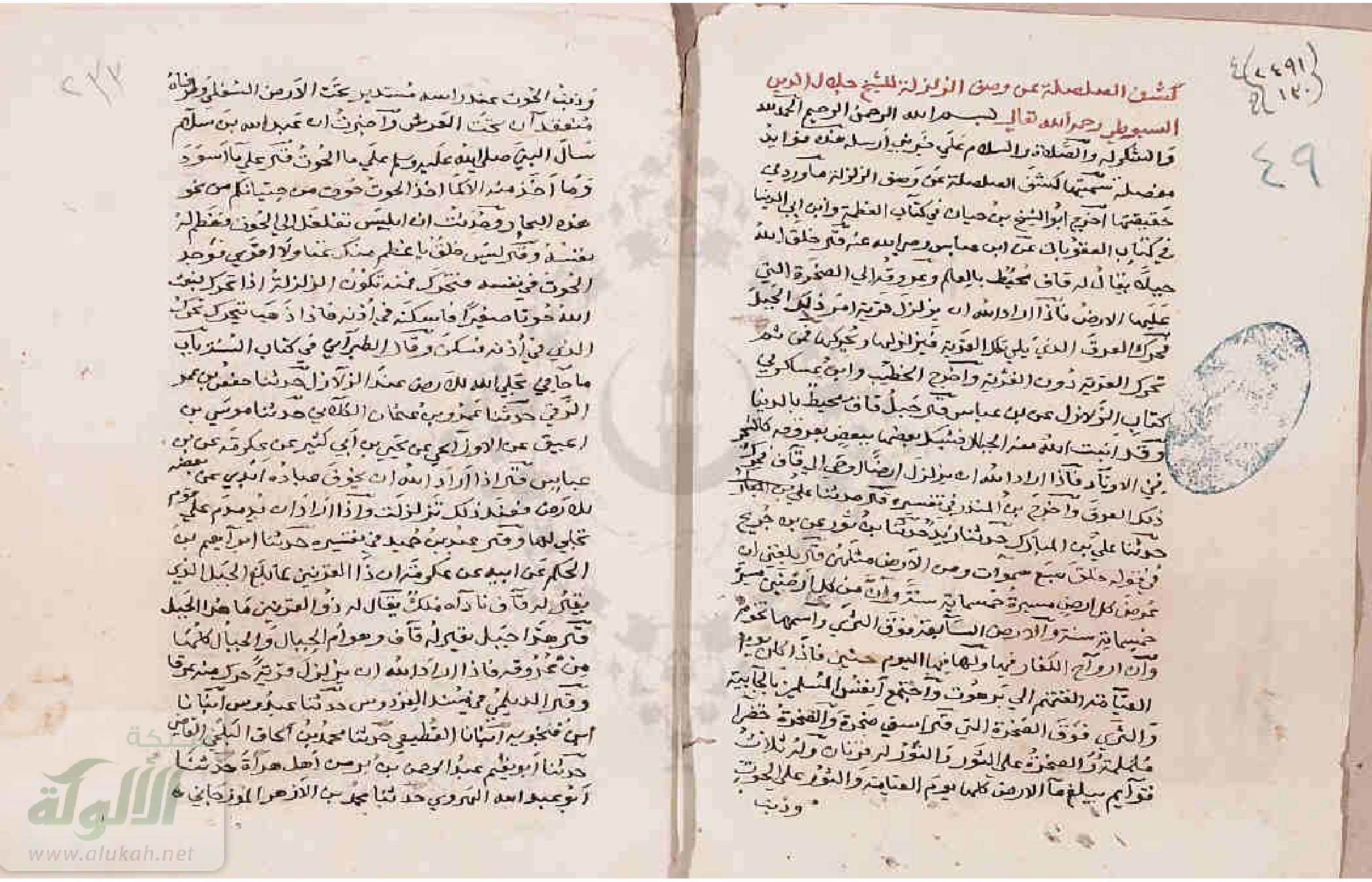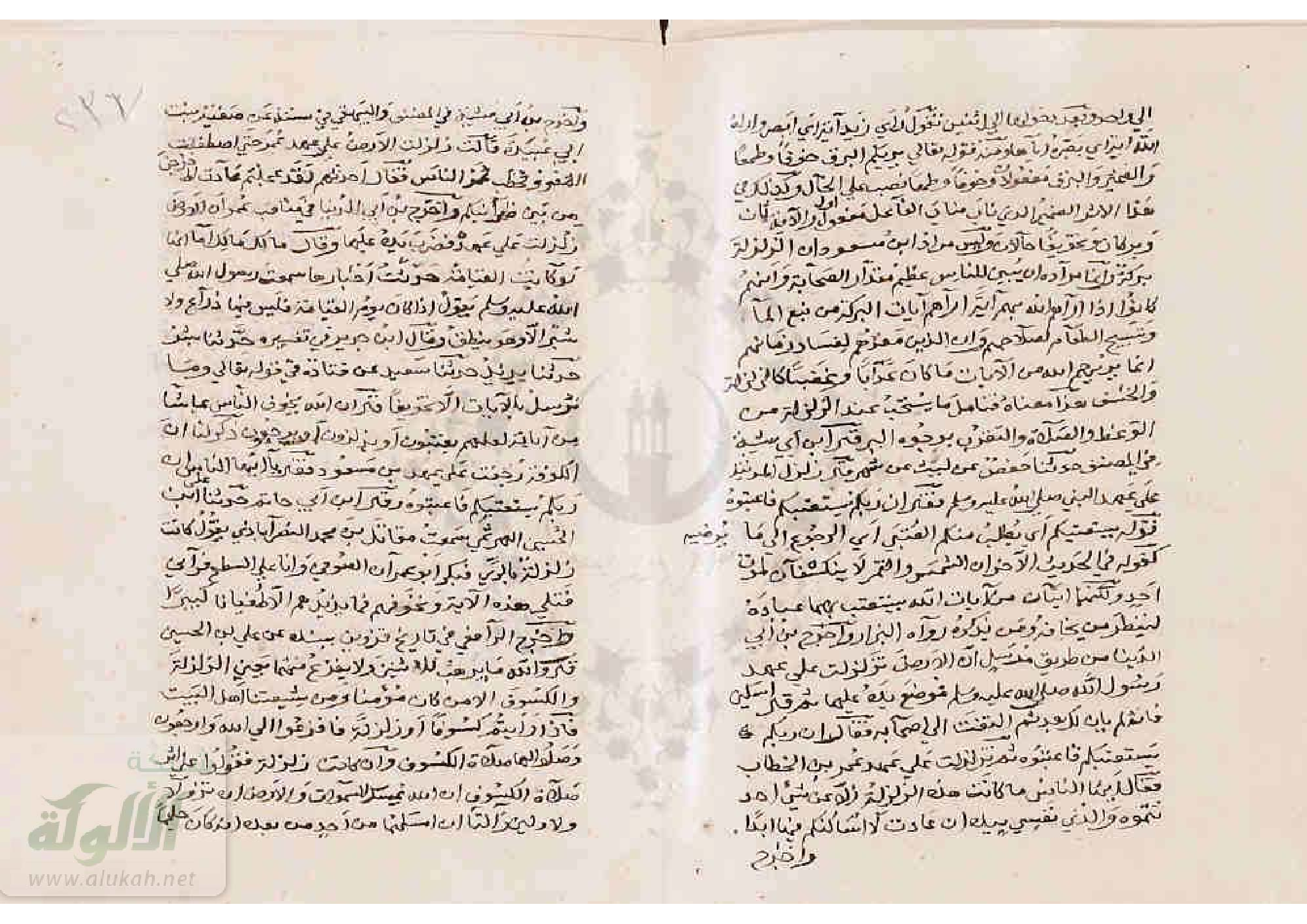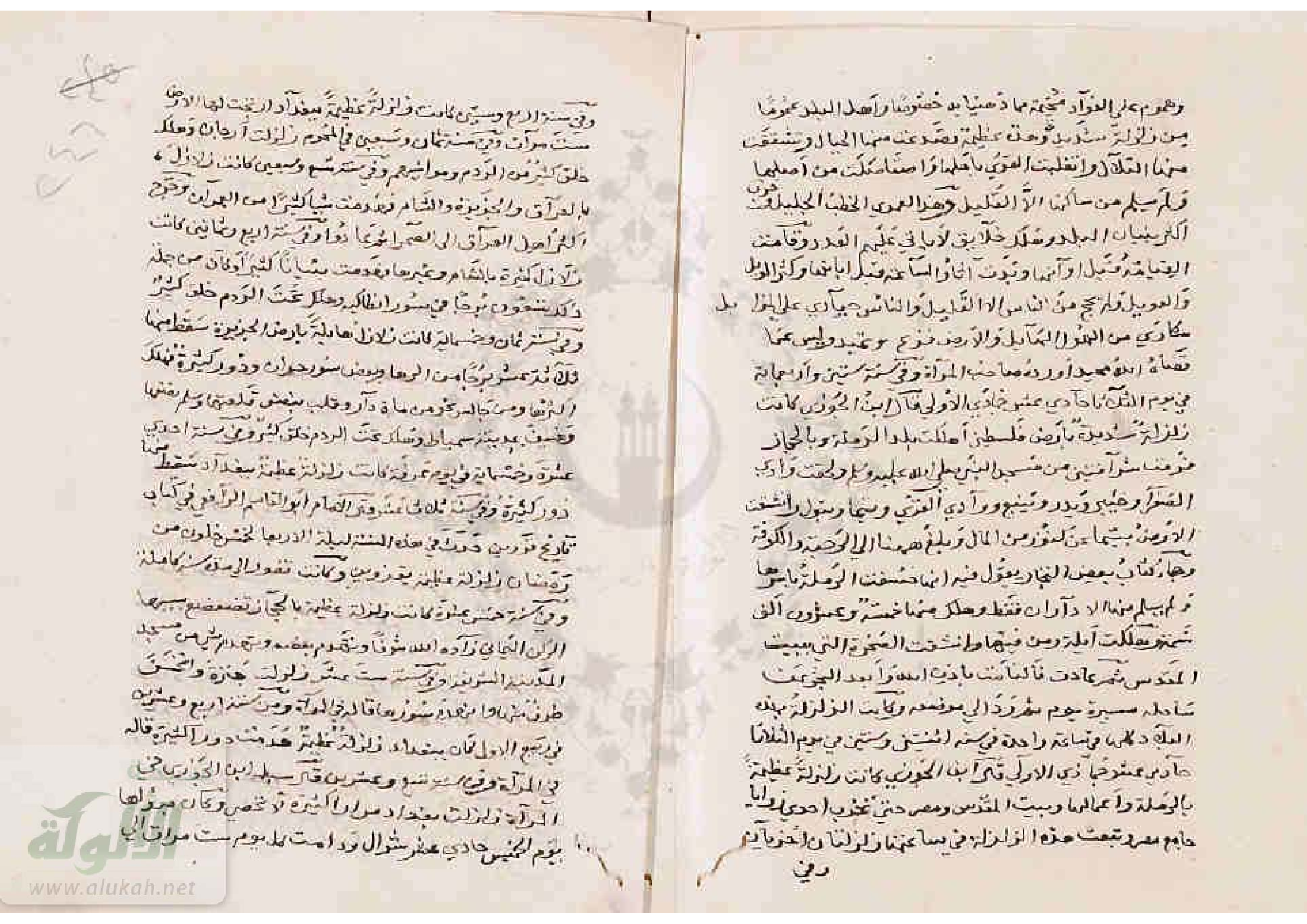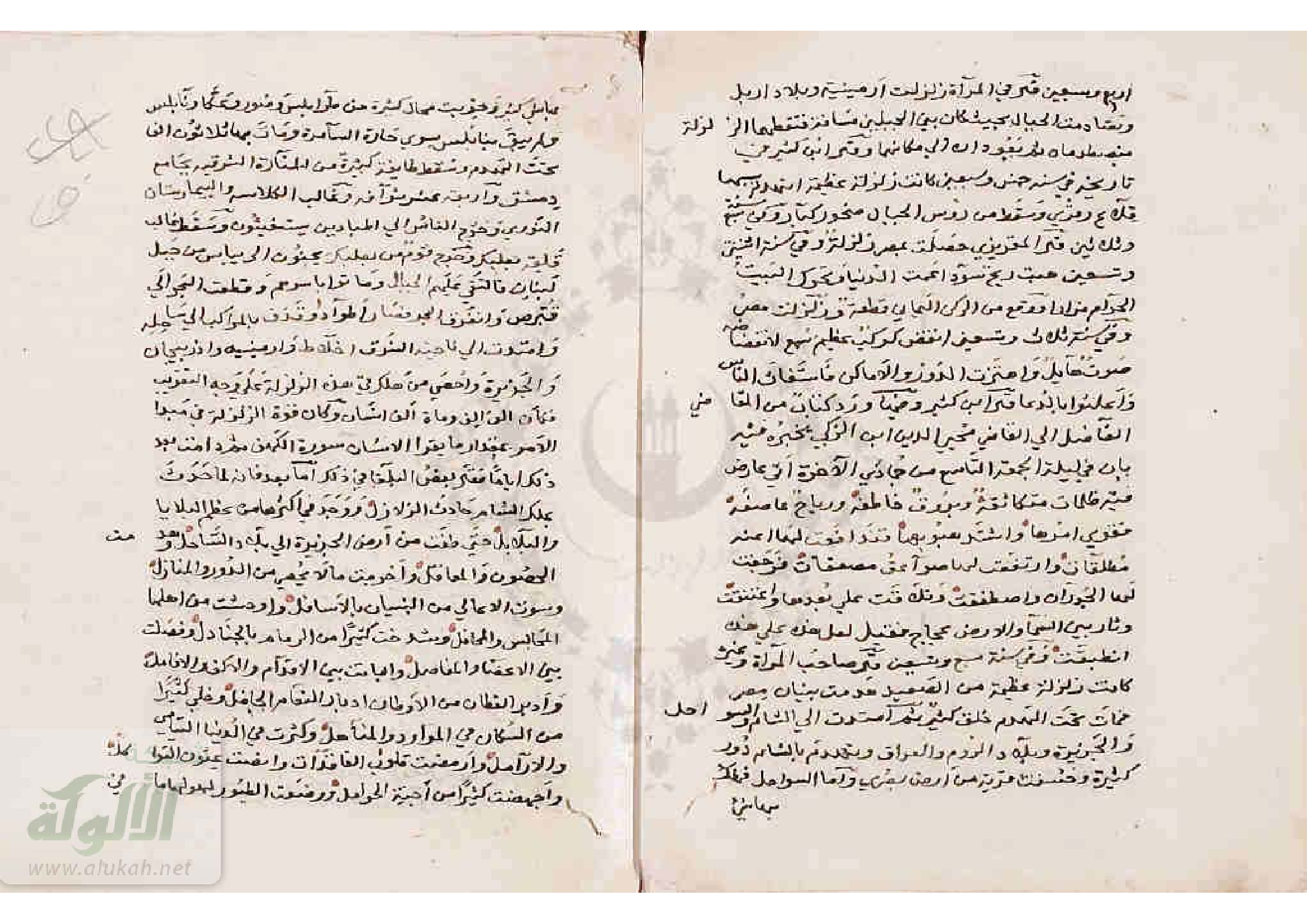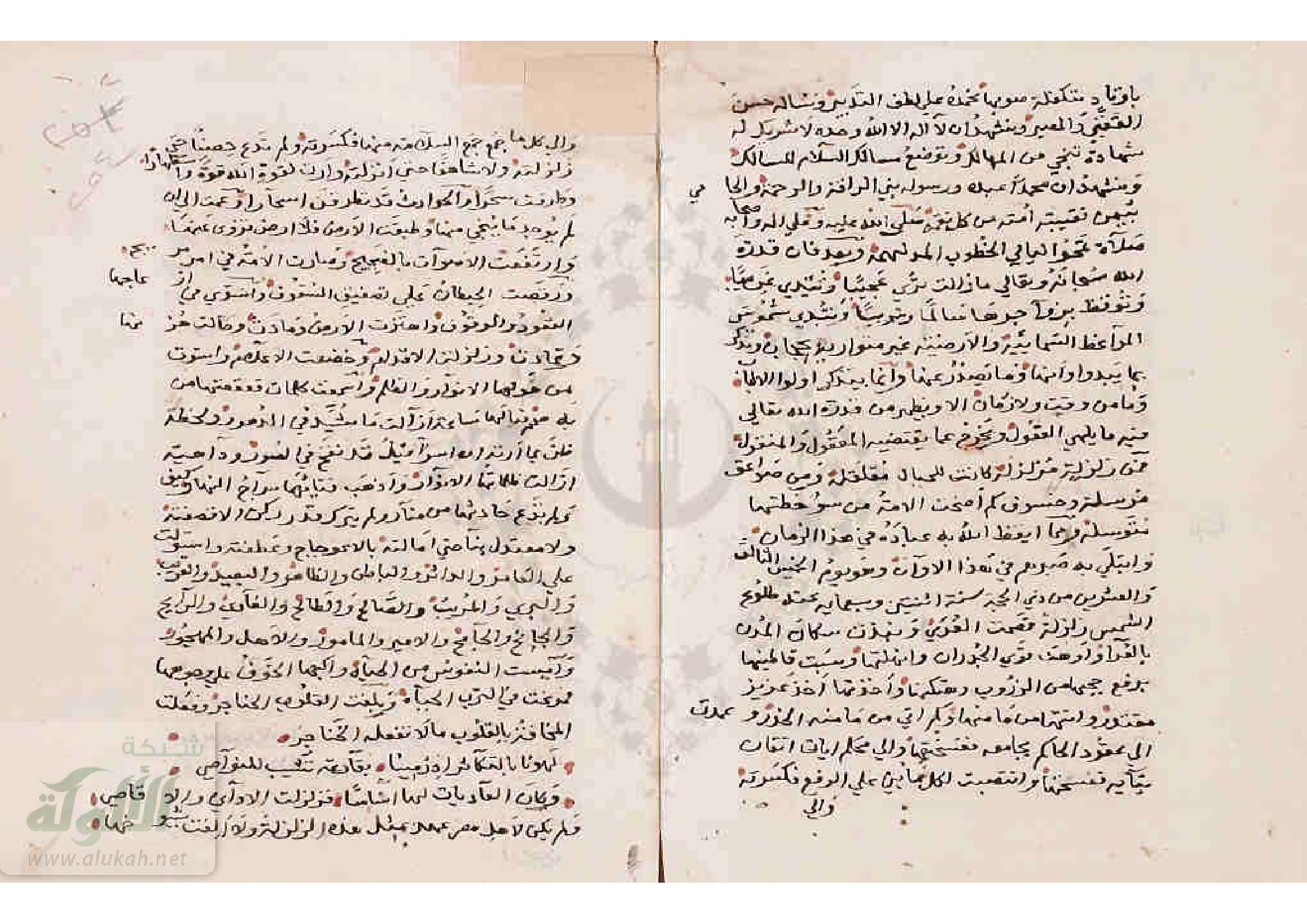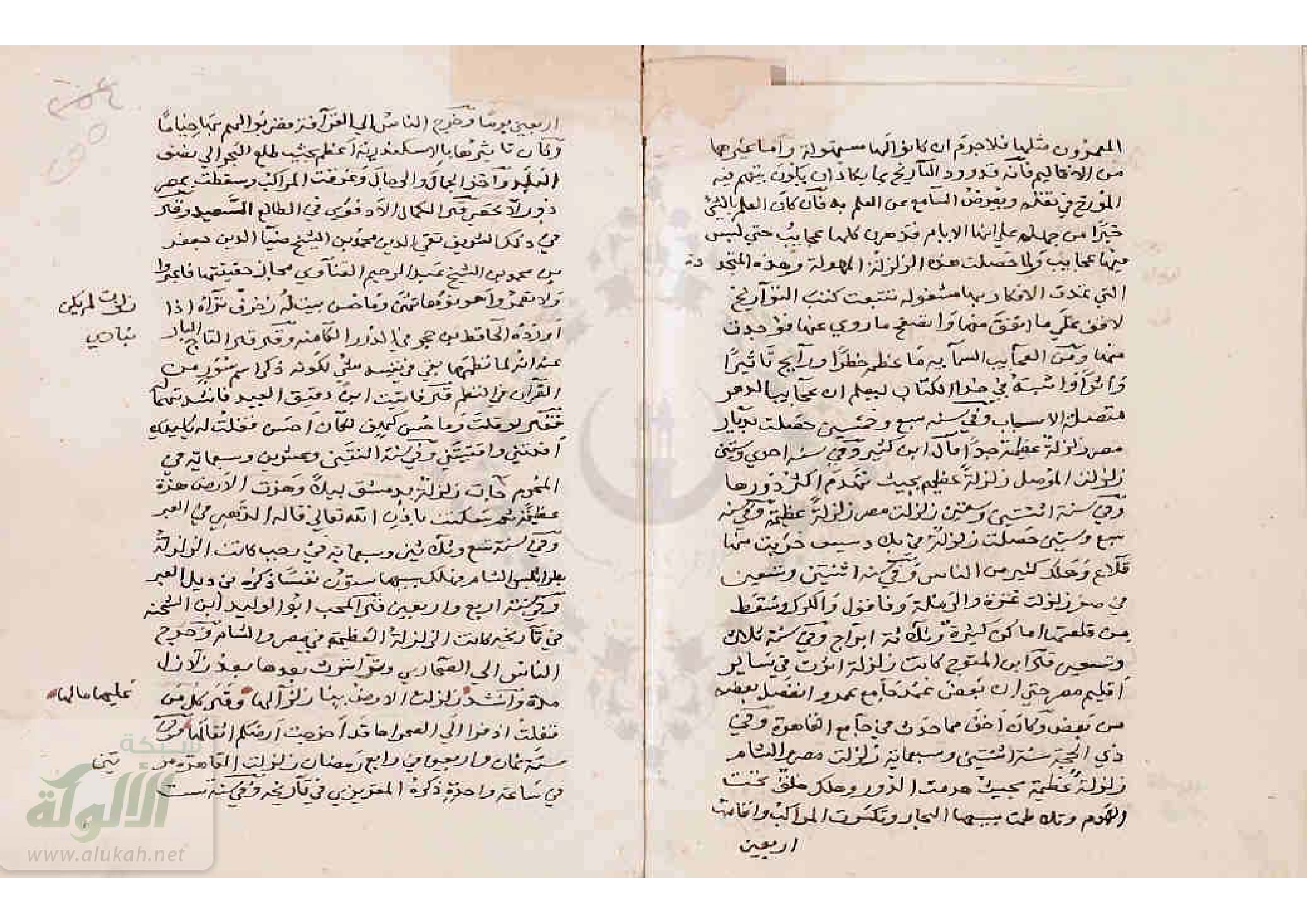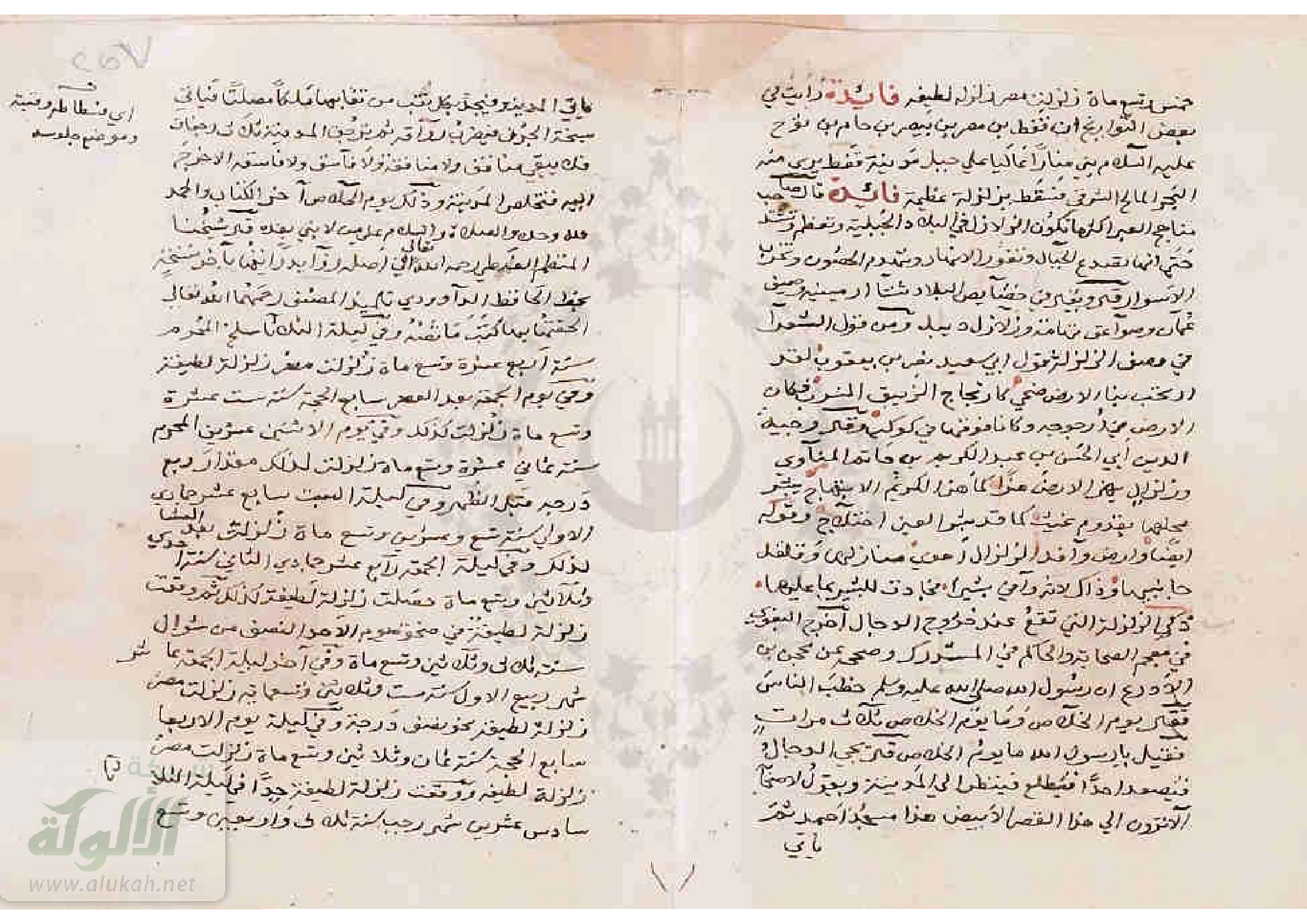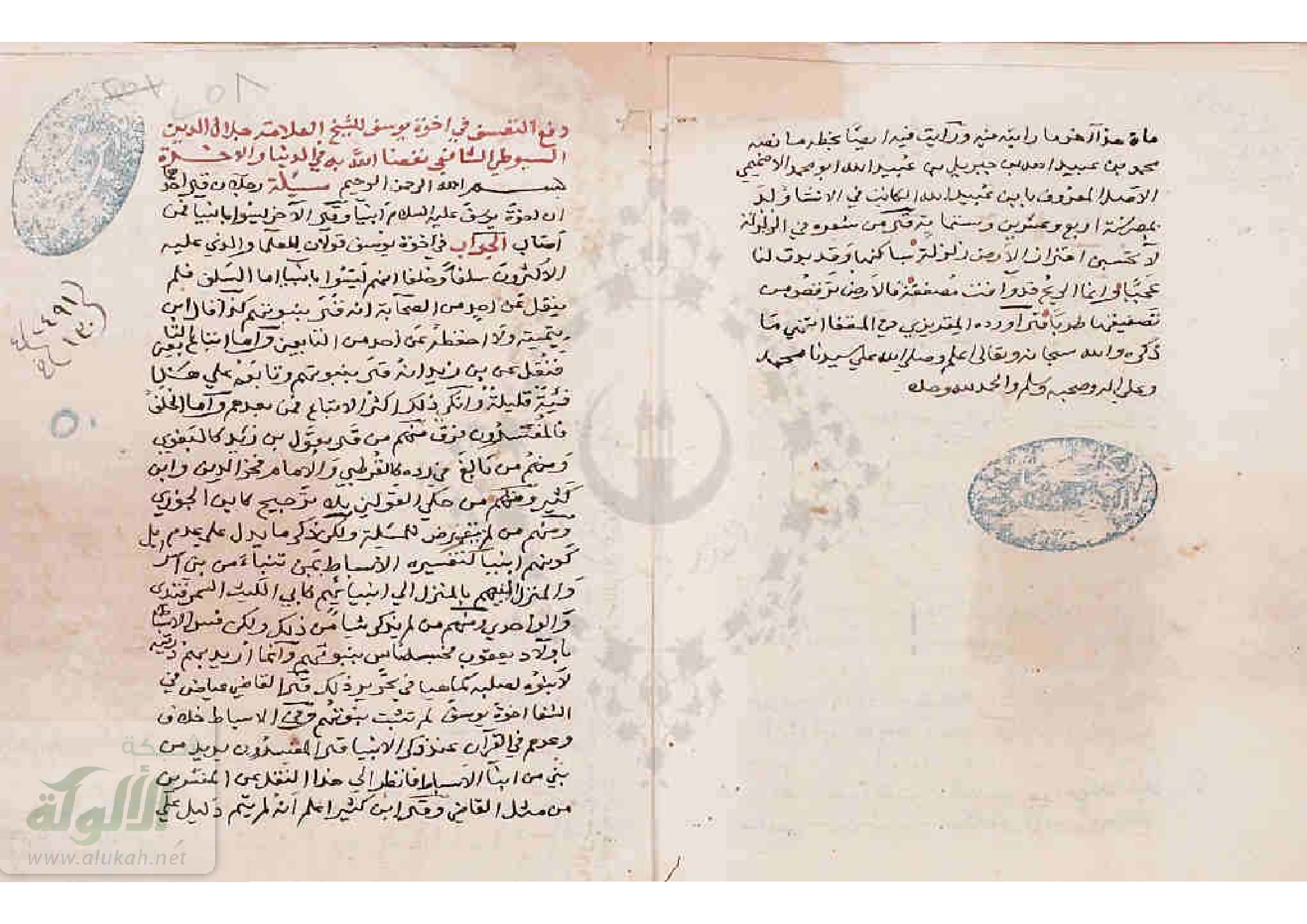AD 717 Dec 24 Syria
A damaging earthquake in Syria. Although many Byzantine
and Arab writers describe this earthquake as most
destructive, they do not mention the particular localities
affected in Syria or Jazira (Mesopotamia). Aftershocks
continued for six months.
Theophanes reports a 'great earthquake' in Syria
in a.M. 6210 = September 717 to August 718. Once again
the regnal year is one too low: Leo III a.2 =18 April 716
to 17 April 717. This is reported as occurring just before
the caliph `Urnar banned wine in the cities and forced
Christians to convert to Islam'.
The Syriac sources give more details. Chron. 846
dates this event to a.S. 1029, Kanun I, 24 on Friday, at
the third hour, 'on the Feast of the Nativity' = 24 December
717, while al-Isfahani reports a recurrence of earthquakes
in Sham in a.H. 98 (25 August 716 to 13 August
717), which is probably on al-Khawarizmi's authority.
Two editions of Elias of Nisibe have important
differences: both record an earthquake in Syria and
Mesopotamia, adding that houses collapsed, which is significantly
more detail than is given by Theophanes and
the Chron. 846. Where they differ is that the Syriac edition
gives a.S. 1028 Jumada II, a year too low, if this
is the same earthquake. However, Eli. Nis. D. 33r gives
a.H. 99 Jumada II, 15, a Friday = 23 January 718. This
does not appear particularly helpful either, except that
a.H. 99 Jumada II, 15 was not a Friday but a Sunday.
Jumada I, 15th of a.H. 99 was Friday 24 December 717,
hence it is probably a copyist's error. Thus it is certain
that the entries in Elias of Nisibe refer to this rather than
to another earthquake, probably of AD 713.
Al-Suyuti has a brief note on this earthquake
taken from the Mirat of Ibn al-Jauzi; a second entry says
that 'as we have already noted' an earthquake took place
in Syria during the caliphate of `Umar `Abd al-'Aziz. The
latter was in fact caliph from 99 Safar 10 (22 September
717) to 101 Rajab 20 (5 February 720), so this is either
an error or in fact pertains to an aftershock or to another
earthquake.
Syrian authors give 15 Jumada II 99 a.H., instead
of Jumada I, which may have led Guidoboni et al. (1994,
360-619) to include an additional earthquake in their
catalogue. Also the damage to Edessa and Batna Sarug
attributed to this earthquake by these authors is in error
since their sources refer, quite clearly, to the event in
AD 679.
Notes
(a.M. 6210) In the same year a great earthquake happened in
Syria, and `Urnar banned wine from the cities, and compelled the
Christians to convert to Islam.' (Theoph. 399).
`And in the year 1029, in the month of prior kanun, the
24th day, Friday, 3rd hour, on the feast of the Nativity, there was
a violent earthquake, and a sound like great thunder was heard.'
(Chron. 846, 234/177).
' [After the earthquake of 94 in Antiochia] in the year a.H.
98 earthquakes recurred and lasted for six months.' (al-Isfah.
187).
`Year 99 began on Saturday 14th Ab of a.S. 1028... and
at that time there was an earthquake in Mesopotamia on the day
of preparation in the middle of latter gumada, and many houses
fell. And the earthquake continued for six months.' (Eli. Nis. 161
162/177).
Arabic version (Eli. Nis. D. 33r)
`In the year 98 [25 August 716 to 13 August 717] earthquakes
happened again for forty days: this is what is said in al-
Mirat.' (al-Suyuti 16/9).
`In the caliphate of `Umar `Abd al-'Aziz (99 Safar 10
[22 September 717]-101 Rajab 20 [5 February 720])' (al-Suyuti
17/9).
References
Ambraseys, N. N. (2009). Earthquakes in the Mediterranean and Middle East: a multidisciplinary study of seismicity up to 1900.
